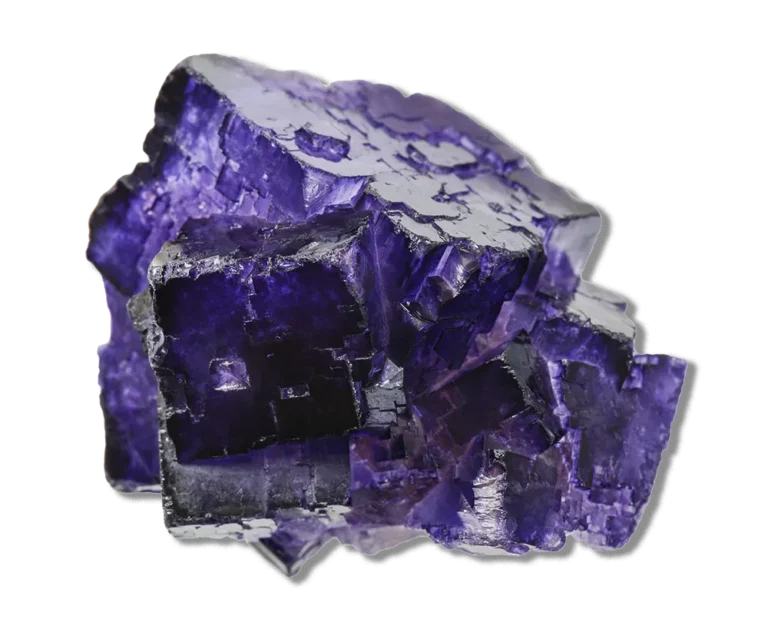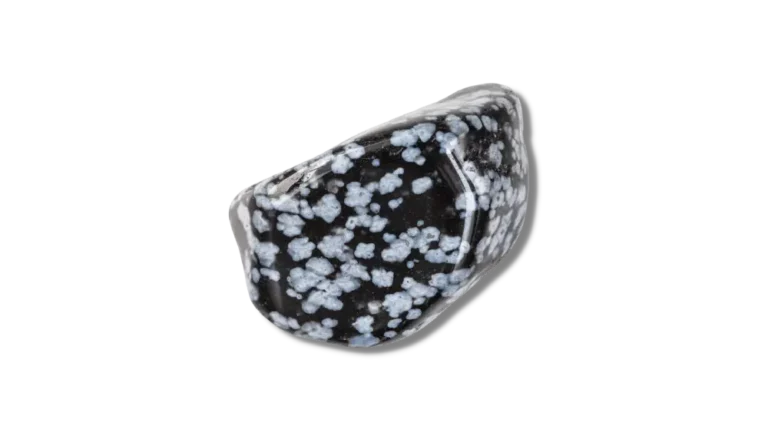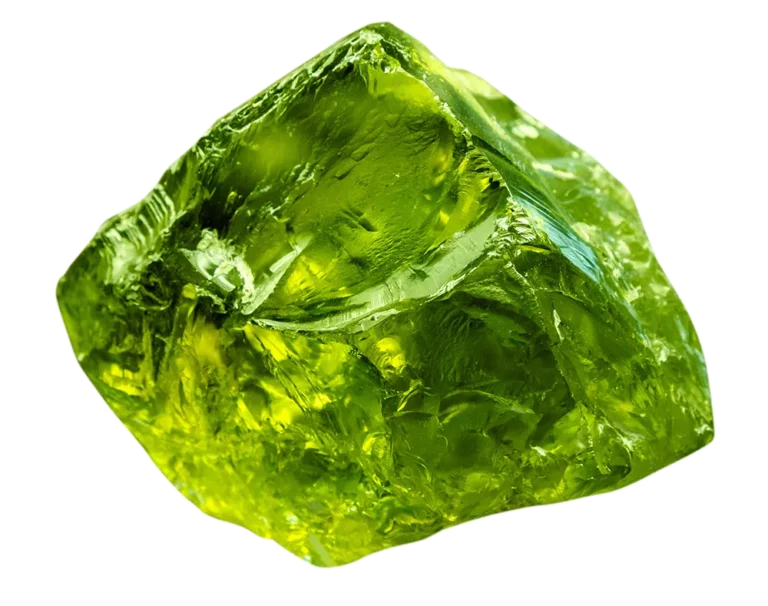Grape Agate Stone: Properties, Benefits & Meanings
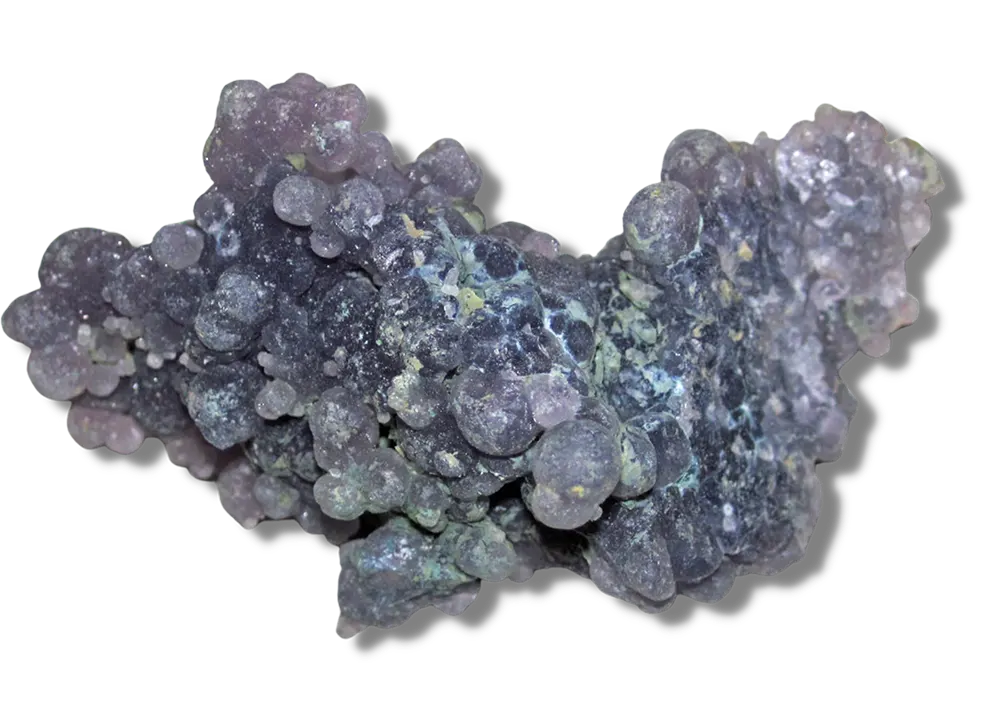
Grape Agate Stone Overview
Grape Agate Stone is not an Agate at all; it is better classified as Chalcedony or a quartz mineral. It is a very rare gemstone found only in two locations around the globe, making it highly sought after.
Its powerful abilities and varied uses complement its unique and exciting appearance. With this article’s help, you will understand the different properties of Grape Agate Stone and how to use it to enhance your life.
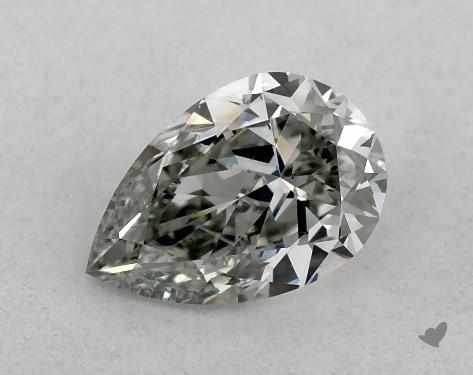
0.52 Carat Pear Diamond
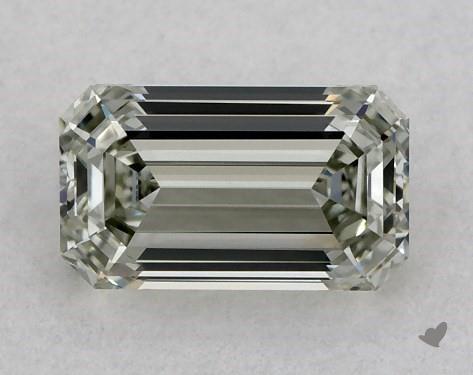
0.50 Carat Emerald Diamond
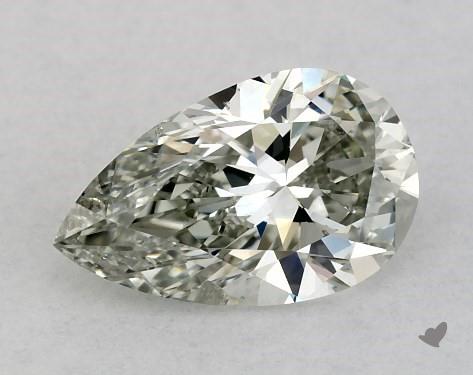
0.70 Carat Pear Diamond

0.41 Carat Pear Diamond
What is The Grape Agate Stone?
Grape Agate is a type of purple botryoidal Chalcedony, meaning it has a crystalline structure that makes a grape-like shape. Its name comes from the fact that it looks like grapes to the naked eye.
The mineral content in Grape Agate consists of fine growths of quartz and moganite. The characteristic color comes from clay impurities found within the stone.
What does it look like?
Grape Agate is a unique stone that ranges from dark to light purple. Some specimens also come in green. It looks like a bunch of grapes, which makes it an exciting stone that is quite different visually from most other crystals.
Grape Agate is purple and has a drusy texture, meaning it has a pretty rough surface.
Physical Properties Of The Grape Agate Stone
| Mineral Group | Quartz |
| Formula | SiO2 |
| Chemical name | Silicon dioxide |
| Color | Purple, Green |
| Hardness (Mohs scale) | 7 |
| Refractive Index | 1.53 – 1.54 |
| Fracture | Conchoidal with very sharp edges |
| Luster | Vitreous |
| Specific Gravity | 2.58 – 2.64 |
| Transparency | Translucent |
Where is The Grape Agate Stone found?
Miners in the Manakarra beach in the West Siwasi province of Indonesia first discovered the rough material, but some people have recently found it in the State of Utah.
Some of the best pieces have been taken from the West of the Green River in Utah.


How much does The Grape Agate Stone cost?
Grape Agate is one of the more affordable stones available and makes an excellent option for beginners looking to start their own geode or crystal collection.
A single specimen can be sold in the open market for $30-100. However, some large or bright specimens can go for $300 or even higher.
The value of your Grape Agate stone depends on three main factors: size, color, and clarity.
- The larger the stone, the more it will be worth. A smaller stone will be worth less than a larger one of the same quality.
- Color also affects the price of a gem. A darker shade of purple is more valuable than a lighter shade. A deep purple with no streaks or spots would be considered flawless and, therefore, more valuable than one with some discoloration or imperfection.
- Clarity affects the price of your stone, but this is not always true for all gemstones. Some types of Agates are naturally cloudy, but they might be as prized as others that are clearer and have fewer flaws, if not more. In the case of Grape Agate, the clearer is better.
Grape Agate Stone Chakra Connection
The Grape Agate stone chakra, primarily associated with the third eye chakra, also aligns with the crown chakra of the human body.
The third eye chakra is between your eyebrows and is associated with connecting to your intuition, as well as receiving visions from your higher self. It’s also associated with dreaming and recalling dreams.
The crown chakra is located at the top of your head and represents spiritual awakening. It’s known as “the gateway to enlightenment” because it can help you tap into your higher consciousness and open up to new ways of thinking.
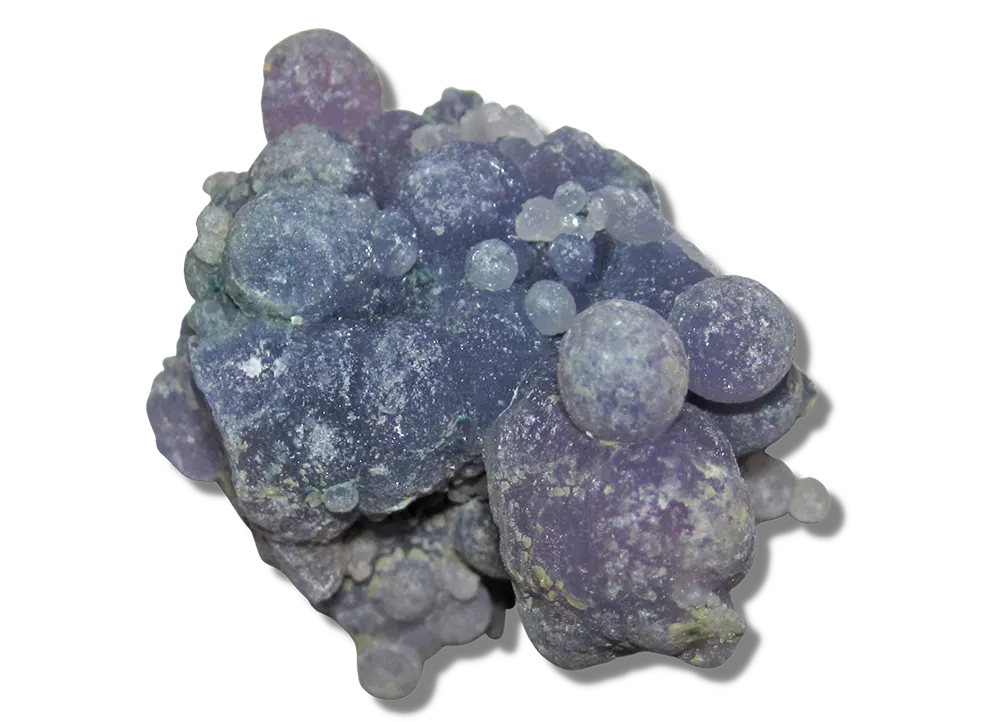
How To Tell If The Grape Agate Stone Is Real?
- The first thing to do is look at the color of your stone. If it has no variation in its coloring or isn’t colored in shades of purple and blue, it’s not a Grape Agate stone.
- Check its weight. Grape Agate stones are heavy due to their density. A natural Grape Agate will weigh more than an artificially-colored one made from plastic or glass. If the stone you hold feels light and hollow, it is not a real Agate.
- Do a scratch test to verify whether it’s genuine or not. If it scratches easily, it’s a good indication that it’s fake because it is a pretty hard material (It’s a seven on the Mohs scale) that cannot be scratched with standard kitchen knives.
- Put your stone into either acetone or water for about 30 minutes to see if any color comes off on either substance; if so, it’s not a genuine stone. Actual gemstones only lose their color due to heat exposure.
- If the stone is a natural Grape Agate stone, it will remain unaffected by these substances and retain its original color. However, a fake one made from plastic or glass will give off its color.
- If you’re still unsure whether the stone is real or fake, bring it to a gemologist. They will put it under a microscope, look at its structure, and test its properties.
Grape Agate Stone Meaning And Uses
The Grape Agate stone is associated with calmness and contemplation.
- It is associated with helping you to feel grounded, balanced, and at peace with the world around you.
- It helps you be more sensitive to your surroundings and feelings to act more clearly and focus on what matters most to you.
- This stone also helps to promote self-forgiveness and self-acceptance, making it an ideal choice for people who struggle with negative self-talk.
- Some people also use it to aid in overcoming addictions or bad habits like smoking or overeating.
- Grape Agate stone’s connection to the third eye chakra will increase your perception and help you see with your mind’s eye. Experts often use it to introduce beginners to the spiritual realm by assisting them to see clairvoyantly with this stone.
- Grape Agate stone’s connection to the crown chakra will complement its ability to peek into the spirit world by helping you receive information from higher realms.
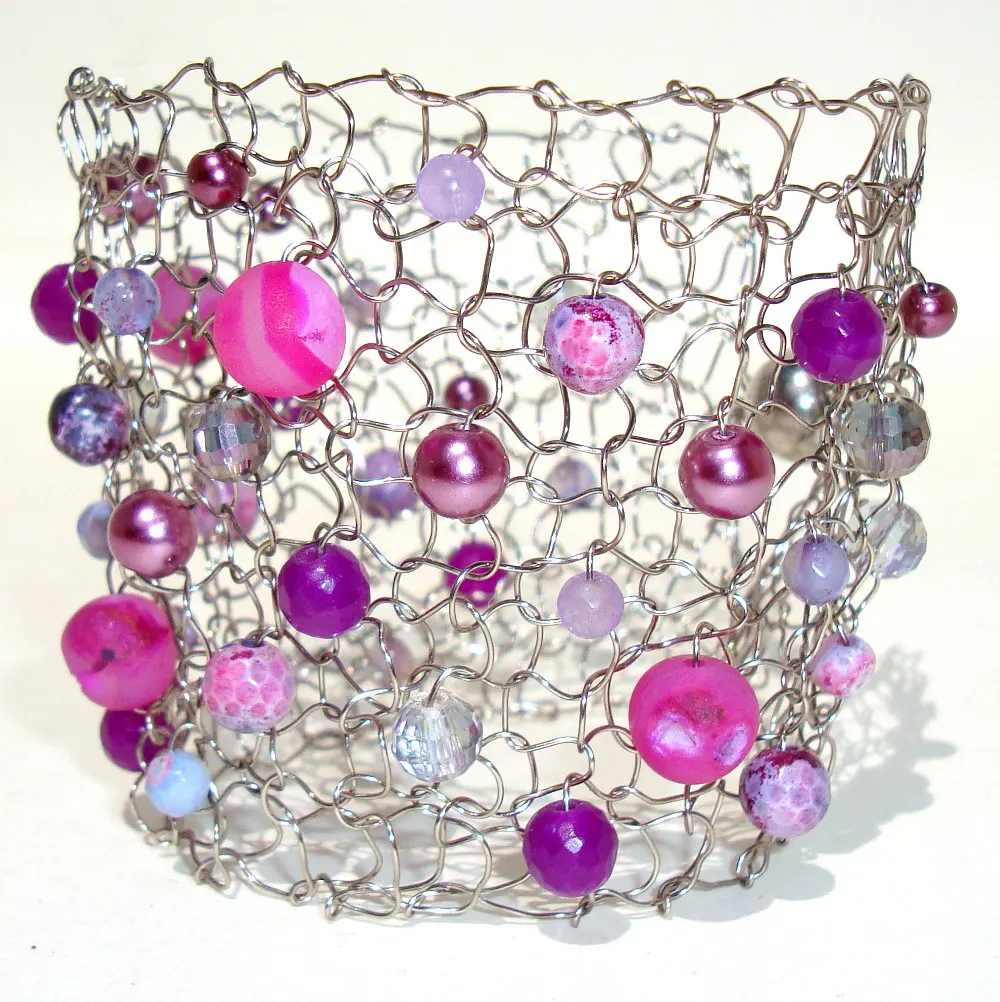
How To Clean Grape Agate Stone Jewelry
FAQ
Is Grape Agate An Amethyst?
Grape Agate is not an amethyst. It is best classified as Chalcedony or even just a quartz mineral. It is similar to Amethyst in many ways. However, the two are not the same.
The main difference between the two, other than the structural discrepancy, is the cause of coloration.
Amethyst, the purple gemstone, gets its color from traces of impurities in the crystal lattice, specifically the presence of iron and other transition metals.
On the other hand, Grape Agate owes its color primarily to clay inclusions.
Is Grape Agate Dyed Or heat treated?
Yes. Grape Agate is heat-treated. In fact, most Agate stones are heat-treated by sellers. Heat treatment can make the stone more durable and last longer.
If you are getting a cheap Grape Agate stone with a deep and vibrant purple color, it is most likely dyed to look that way. Genuine Grape Agates with this kind of hue are very expensive.
Is Grape Agate porous?
Grape Agate is slightly porous, so it can retain water after being washed. To prevent damage to your crystal collection, you should ensure it’s completely dry before storing it.
What is Grape Agate good for?
Grape Agate is good for contemplation as it is a stone of calmness. It relaxes the user, opens their mind’s eyes, and helps them meditate with serenity.
What Are The Health Benefits Of Grape Agate Stone?
Grape Agate is an excellent stone that is said to improve your overall health. People can use it to strengthen blood vessels and help with sleep and stomach issues such as indigestion and acidity.
Grape Agate also has a history of being used in rituals during the Middle Ages for protection against poisons, which makes this crystal an excellent choice for anyone who feels they may be in danger from toxins in their environment or food supply.
What Stone Goes Best With Grape Agate?
Grape Agate is one of the few stones you can match with almost any other stone. So it’s a good choice for Chalcedony, Jasper, Opal, and other stones known for their calming properties.
Fiery stones like Carnelian have been known to work well with Grape Agate because they balance each other out. The vibrant energy from the Carnelian will calm down excess energy in your body, while the gentle power of Grape Agate will help you relax and feel less anxious or stressed out by life’s pressures.
Another great pairing is with Moss Agate. The seemingly moss-covered surface goes well with the Grape Agate’s purple coloration, but it also has healing properties, complementing the Grape Agate nicely.

Petite Floral Fresh Water Cultured Pearl And Diamond Earrings In 14k White Gold
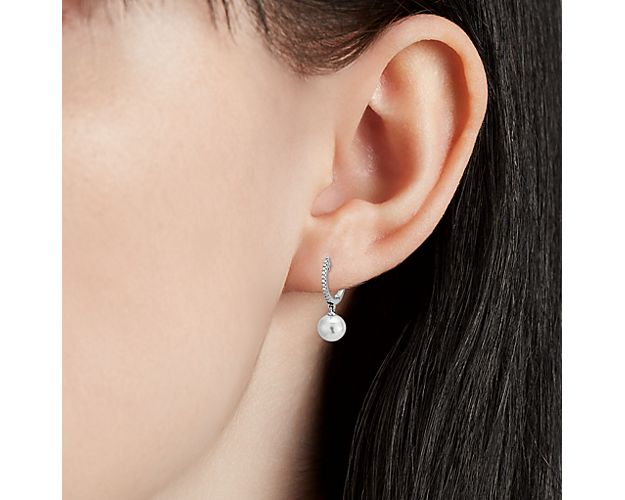
Freshwater Cultured Pearl Diamond Hoop Earrings In 14k White Gold (6.5-7mm)

Freshwater Cultured Pearl And White Topaz Drop Earrings In Sterling Silver (7mm)

Freshwater Cultured Pearl And White Topaz Drop Earrings In Sterling Silver (7mm)


